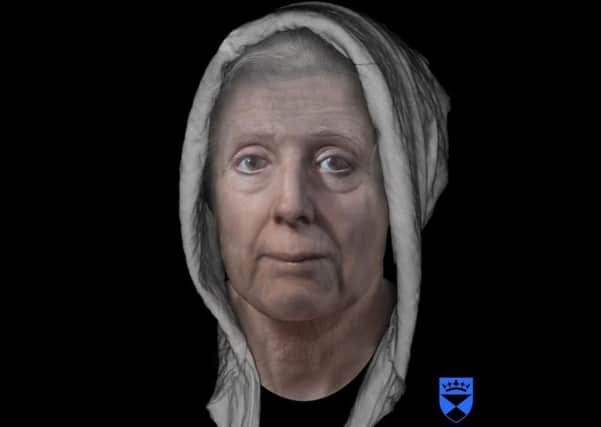‘Reconvened’ Scottish Parliament should apologise for witch-burning – Brian Wilson


Johnston rightly predicted that Scottish history books would erase this dark element in our past. Until extraordinarily late in the day, Scotland tolerated the wholesale burning alive of women condemned by religious lunatics organised into “kirk sessions”.
According to Johnston, the last “witch” to suffer this fate was at Dornoch in 1722 when “a poor old grandmother was brought out to the faggots” on a winter’s day and allowed to keep warm beside the flames until the organisers had arrangements in place for them to consume her.
Advertisement
Hide AdAdvertisement
Hide AdJohnston wrote that while “witch-burning” occurred in other countries, “in Scotland the mania grew to dimensions, and raged with a ferocity, elsewhere unequalled”. It took until 1735 for the practice to be outlawed. Even then the Church of Scotland opposed this interference with its rights.
Against that hideous and neglected background, I warmly commend the initiative from community councils in West Fife to create a permanent memorial to the thousands of women who were burned as “witches”. It would be at Torryburn in Fife, close to the scene of a particularly gruesome event in 1704.
Isn’t it also time for Scotland’s Parliament, often claimed in other contexts as a a “re-convened” manifestation of the one that presided over this madness, to issue its own apology, not least to descendants of the murdered women.
Hallowe’en in Scotland offers nothing to celebrate but could teach us quite a lot about relevant, hidden history.
